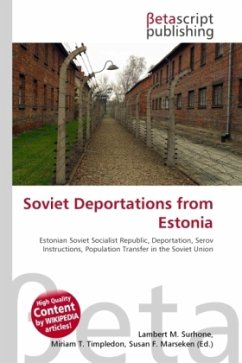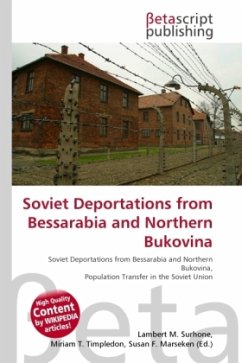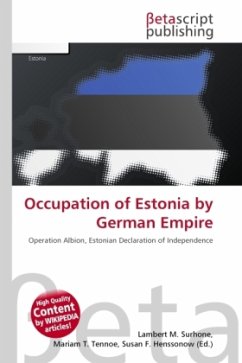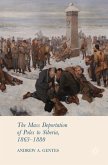High Quality Content by WIKIPEDIA articles! As the Soviet Union had occupied Estonia in 1940 and retaken it from Nazi Germany again in 1944, tens of thousands of Estonia's citizens underwent deportation in the 1940s. Deportations were predominantly to Siberia and Kazakhstan by means of railroad cattle cars, without prior announcement, while deported were given few night hours at best to pack their belongings and separated from their families, usually also sent to the east. The procedure was established by the Serov Instructions. Estonians residing in Leningrad Oblast had already been subjected to deportation since 1935. The first repressions in Estonia affected Estonia's national elite. On July 17, 1940, Commander in Chief of the Armed Forces Johan Laidoner and his family, and on July 30, 1940, President Konstantin Päts and his family were deported to Penza and Ufa, respectively.








